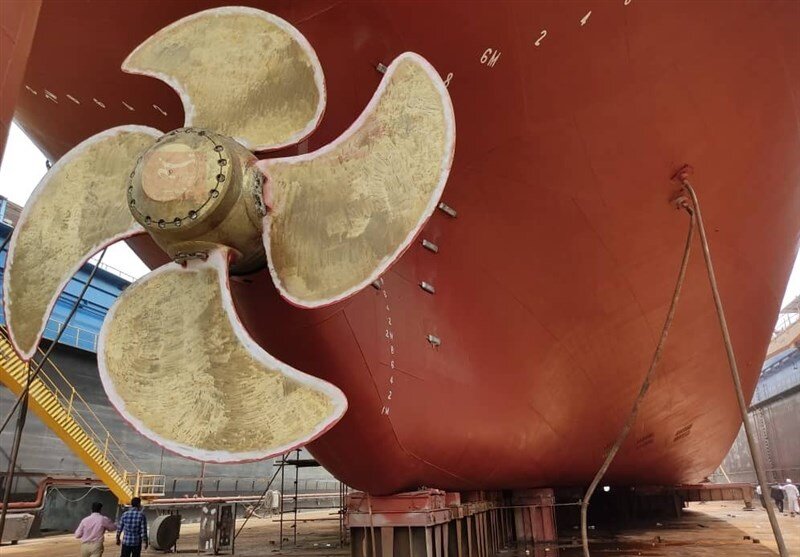Iran needs $4b to expand maritime fleet: IDRO

TEHRAN – Iran requires approximately $4.0 billion in funding to develop its maritime fleet, a senior official at the Industrial Development and Renovation Organization (IDRO) said, adding that negotiations are underway to produce specialized steel for shipbuilding.
Mohammad Esmaeili, head of IDRO's Marine Industries Department, stated that meeting all of Iran’s fleet expansion needs would require an investment of $3.0 billion to $4.0 billion over a 10-year period to fully utilize domestic capabilities.
"So far, no funds have been allocated by the government for this sector," Esmaeili said. "IDRO has drafted the financial model for the plan and is in talks with the Planning and Budget Organization to secure the necessary resources." He added that allocating these funds could create between 36,000 and 37,000 direct and indirect jobs, including positions at shipbuilding yards and onboard vessels.
Regarding the domestic shipbuilding industry's capabilities and the impact of sanctions, Esmaeili noted that no shipyard claims to source all ship components domestically. He emphasized the need to strengthen and integrate Iran’s shipbuilding supply chain.
"For instance, we are negotiating with a local company to start producing the specialized marine-grade steel required for shipbuilding," he said.
Esmaeili highlighted that the modernization and development of Iran’s fleet require government-backed financing tailored to the maritime industry. One key aspect of the plan involves consolidating demand and cooperating with local manufacturers.
Currently, locally produced components make up about 30 percent of Iranian vessels. For smaller vessels, this figure rises to 50-60 percent. The plan aims to increase the domestic production share of some equipment to 70-90 percent and propulsion systems to 50 percent.
According to the official, the initiative would provide long-term employment, boost cargo transportation capacity, and help Iran reclaim its lost market share in international shipping, particularly in bunkering and fuel supply. It would also enhance the country’s fishing industry, increase domestic manufacturing depth, and facilitate technology transfer.
Iran’s maritime fleet includes commercial, service, tourism, and fishing vessels, with nearly 1,000 Iranian-flagged ships.
Esmaeili noted that Iran operates around 200 commercial vessels transporting exports and imports, including oil and essential goods. Due to sanctions, Iranian companies have struggled to upgrade their fleets, often forced to purchase vessels at inflated prices or lease them at high costs.
"If the fleet is not modernized, serious challenges in oil exports and goods imports will arise, leading to capital outflows," he warned.
Regarding service vessels, he said about 130 ships support Iran’s offshore oil and gas platforms in the Persian Gulf and the Sea of Oman. Many of these vessels are aging and no longer economically viable. Without modernization, Iran could face significant operational difficulties in maintaining offshore platforms, especially under sanctions.
To achieve the government’s target of 1.8 million tons of fishery output by the end of the Seventh Development Plan, financial support is needed to upgrade the fishing fleet. Many of Iran’s wooden and metal fishing boats are outdated, and the country remains weak in deep-sea fishing operations.
Esmaeili also stressed the need to develop maritime tourism by upgrading passenger vessels connecting Iran’s islands. "Most of these vessels are old and lack modern technology," he said. "Fleet modernization is essential for advancing Iran’s tourism and fishing industries."
EF/MA
Leave a Comment